UK Strongly Represented at the ESS Symposium
The symposium featured research on equine nutrition, exercise physiology, reproduction, management, and more.
The symposium featured research on equine nutrition, exercise physiology, reproduction, management, and more.
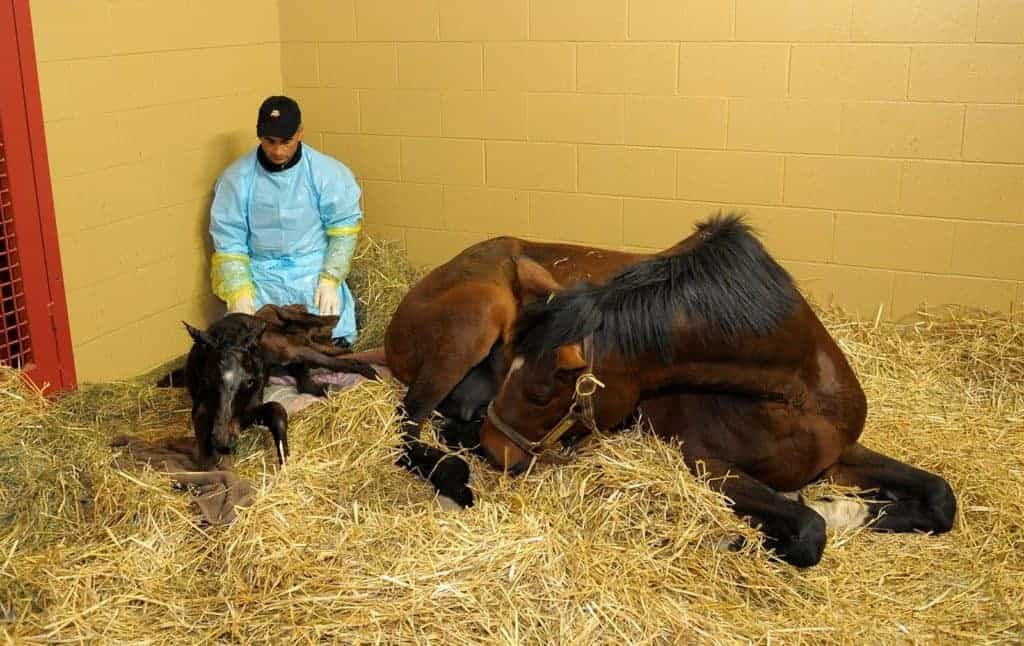
Retained placenta, lochiometra, and injuries to the perineum were the most common puerperal (after birthing) issues.

While we can’t prevent all abortions, knowing the risks can help us prepare for and, in some cases, reduce the hazards.

Infertile mare? Deceased stallion? No problem! Equine reproduction is now high-tech enough to overcome these hurdles.
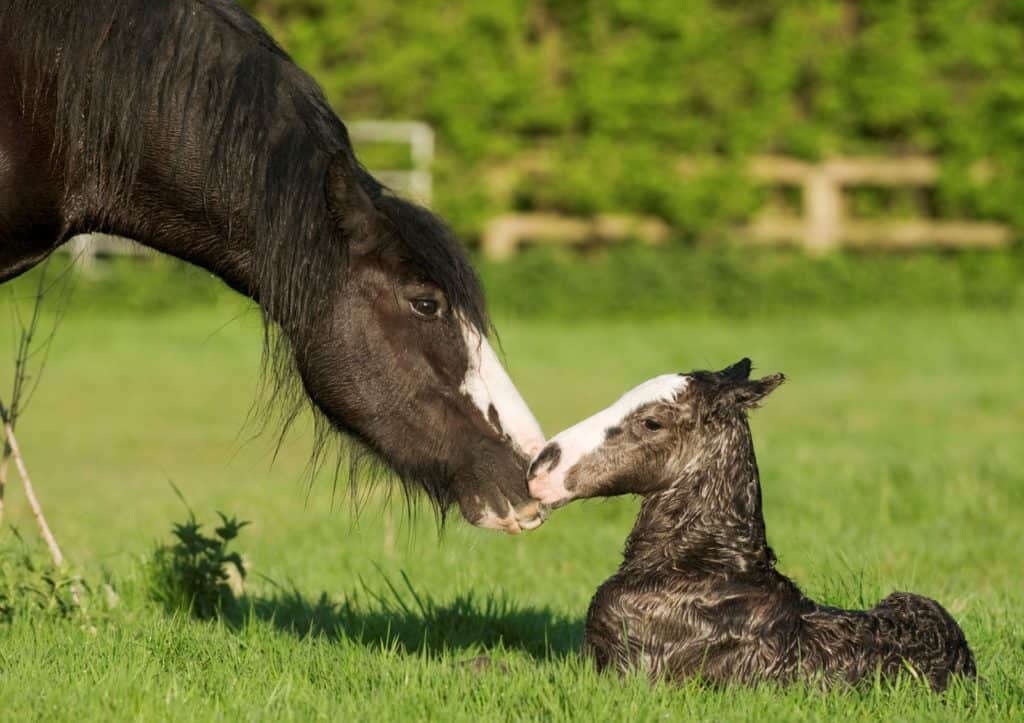
Take steps prior to parturition to ensure your foal enters the world in a clean and healthy environment.
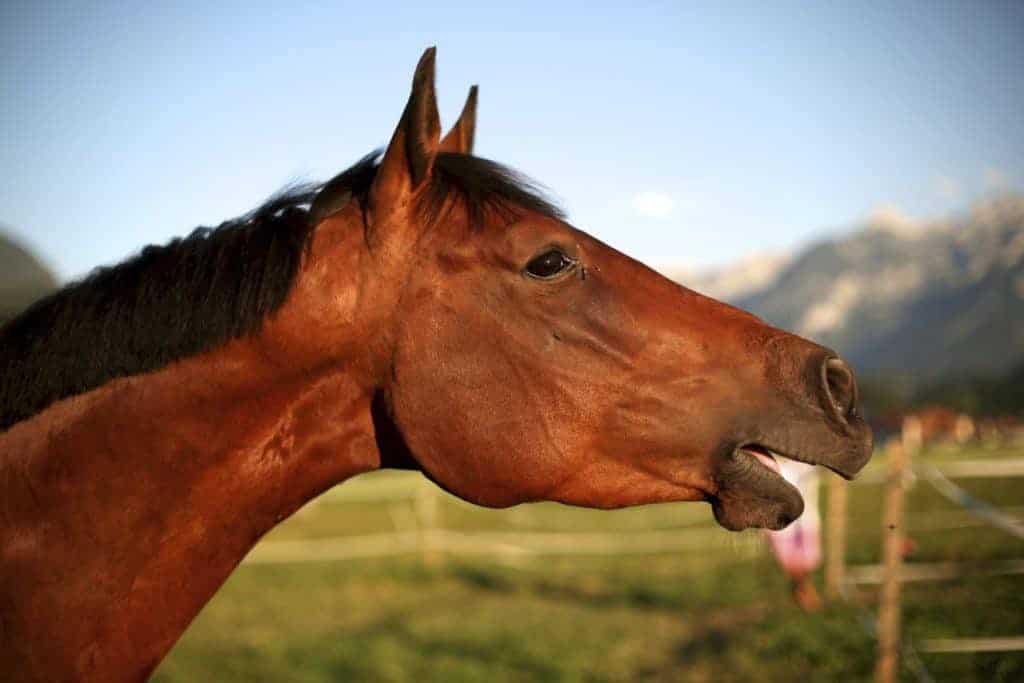
Stallions with low-pitched whinnies were more fertile and more attractive to mares than those with high-pitched voices.

If mares graze pastures down to below five centimeters, it might be time to supplement with grain, researchers say.
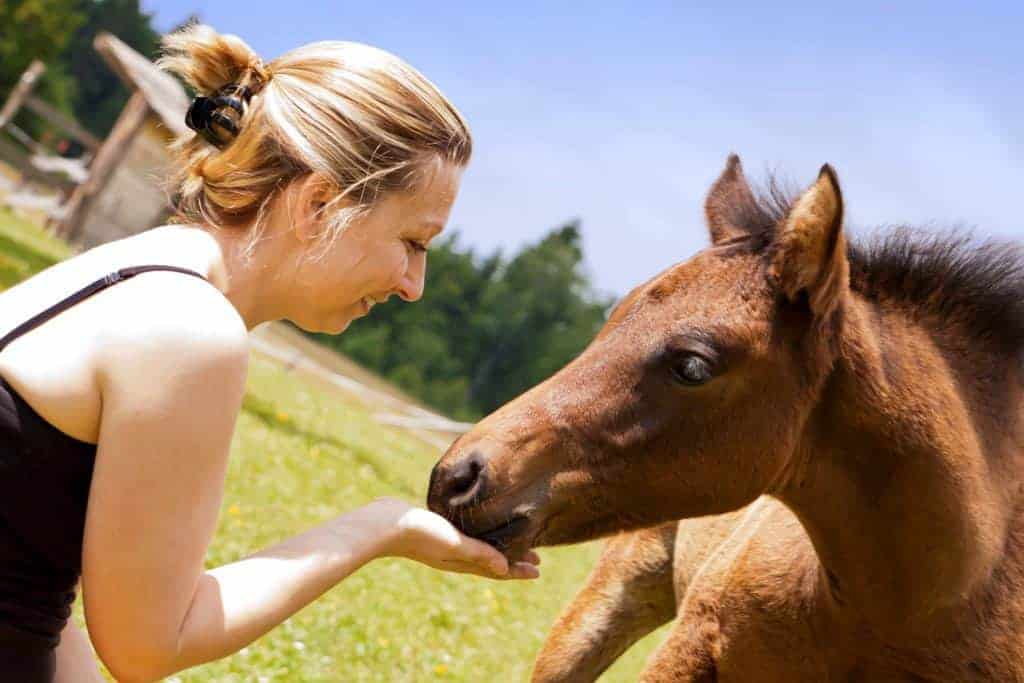
A good relationship with the dam is an easy way to promote positive interactions between foals and humans.

The manual is based on basic science, research, and clinical experience from a commercial embryo transfer program.

Researchers found that, overall, 90.5% of mares and 82.3% of foals survived to hospital discharge following treatment.
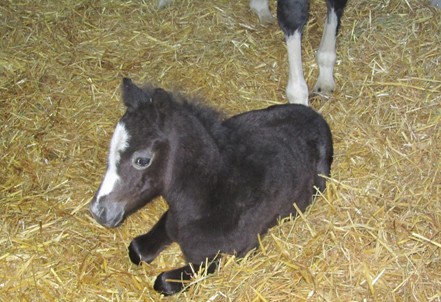
The team hopes to make this process more accessible to breeders in the future.

Misoprostol, which can cause abortion in humans, is used to prevent or treat right dorsal colitis in horses.

In response to a reader question Dr. Nancy Diehl shares insight on equine maternal instincts, foal stealing, and more.

Horse breeding is only as effective as your ability to predict a mare’s impending ovulation. Here’s how vets do so.

Pregnancy failure in mares is a very real risk; here’s how to prevent or handle it.

Researchers said a water-based enrofloxacin suspension could be useful for treating some bacterial endometritis cases.
Stay on top of the most recent Horse Health news with
"*" indicates required fields